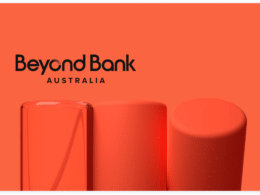To see value in Open Banking today, we need to take a closer look at how businesses are engaging with the CDR and what opportunities they’re offering customers as a result. After all, the Consumer Data Right only works if consumers can actually make use of those rights to access better deals and more personalised products and services. The more providers become accredited and further sectors become involved, the more use cases we can expect and the bigger and more powerful the CDR will be for consumers.
The number of businesses offering CDR-powered use cases is steadily growing, as can be seen by looking at the number of Accredited Data Recipients (ADRs) and CDR Representatives. There are currently 41 ADRs, of which 31 are Active. Also, all but one of them is Unrestricted (one is Sponsored). For CDR Representatives, the numbers are considerably higher, with 101 CDR Representatives as of 3 October 2023.

That there are more CDR Representatives than there are ADRs isn’t surprising, given that the CDR Representative model has a lower barrier to entry and is used a lot by fintechs. It’s safe to assume that the higher level of accreditation (ADR) is only achievable or viable for a subsection of Australian businesses (like banks). If the intent of the CDR Representative model being more accessible was to get more and smaller fintechs in the system, that seems to be succeeding.

The contrast is clear when we look at the types of Accredited Data Recipients currently in the market; Banks (24%) and Open Banking providers (24%) account for close to half of all the ADRs.
To really figure out the value that Open Banking is currently delivering, we need to take a closer look at three important sectors:
This article is part of ‘The State of Open Banking 2024’, an industry report by Open Banking provider Frollo. The report provides a pulse check of the Consumer Data Right industry and an overview of exciting new use cases.










